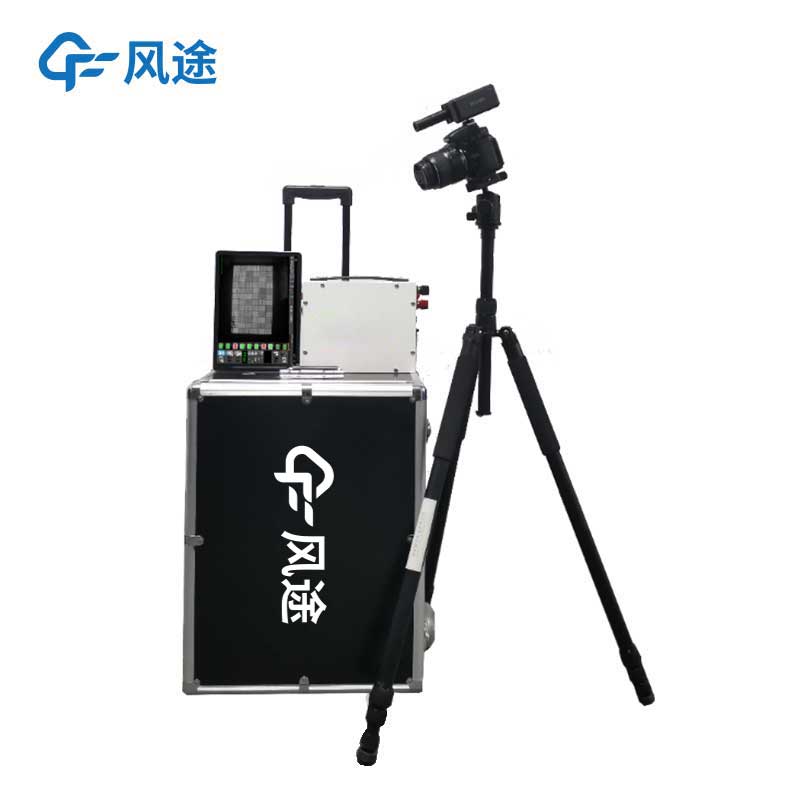Tianyi Sensor IOT Technology Co., Ltd
Sales Manager:Ms. Emily Wang
Cel,Whatsapp,Wechat:+86 15898932201
Email:info@fengtutec.com
Add:No. 155 Optoelectronic Industry Accelerator, Gaoxin District, Weifang, Shandong, China

Sales Manager:Ms. Emily Wang
Cel,Whatsapp,Wechat:+86 15898932201
Email:info@fengtutec.com
Add:No. 155 Optoelectronic Industry Accelerator, Gaoxin District, Weifang, Shandong, China
time:2025-07-18 08:48:58 source:Weather Station viewed:177 time
In the solar energy industry, the quality of photovoltaic (PV) modules affects their power generation efficiency, and the EL detector is an important tool for inspecting the quality of PV modules.
The EL detector works based on the principle of electroluminescence. When a forward voltage is applied to a PV module, electrons and holes in the semiconductor materials inside the module recombine and release photons, producing a luminescent phenomenon. A flawless PV module emits light uniformly and stably, while defects such as hidden cracks, broken grids, and black spots will cause abnormal light emission in the corresponding areas, which are clearly visible in the imaging.
How to test with a module EL tester? Make corresponding preparations before the test. The tester needs to be preheated for 15 to 30 minutes, and parameters such as focal length, optical performance, and linearity are calibrated using standard samples. The surface of the PV module to be inspected should be cleaned with a soft cloth to remove dust, stains, etc., and then stably fixed on the test bench, positioned in the center of the camera's field of view with the module surface perpendicular to the lens.
In the testing process, the forward voltage should be set according to the specifications of the PV module, generally ranging from several volts to dozens of volts. A high-sensitivity CCD camera is used to capture photons and convert them into images. Parameters such as exposure time and gain can be adjusted to optimize the imaging effect. The test must be carried out in a dark environment to avoid interference from external light; during the day, the inspection needs to be conducted in a darkroom.
Next is result analysis. Different defect problems have different imaging patterns. For example, hidden cracks appear as black lines or differential lines with indefinite directions in the image; broken grids are manifested as breaks or discontinuities in the metal grid lines, with extremely weak light emission at the broken points; black spots are local blackened areas. After discovering defects, slight hidden cracks can be repaired by filling with glue, a small number of edge broken grids can be repaired by welding, while PV modules with severe defects such as large-area hidden cracks, multiple key broken grids, and large black spots need to be scrapped.
Repeatability tests can be performed on PV modules of the same batch to verify the consistency of the results. If there is a large difference, it is necessary to check for equipment failures or process issues.

An ultrasonic weather station is a highly integrated meteorological monitoring device that utilizes modern ultrasonic detection technology. It emits ultrasonic waves and measures changes in their propagation speed through the air to accurately calculate wind speed and direction, completely eliminati...
Traditional weather stations mostly use mechanical devices such as wind speed and direction indicators to measure meteorological elements. These devices have some limitations. For example, mechanical components are prone to wear and icing, requiring regular maintenance and calibration. Moreover, the...
TianYi® EL Detector [Model: FT-EL1] Partial Parameters:Detectable Defect Types: Cracks, broken cells, fragments, broken grids, black core, poor soldering, process contamination, low-efficiency cells, black edge, over-firing, over-etching, perforations.Camera: 20-megapixel; Resolution: 4...
Underwater sonar imaging sounder is a portable underwater detection device integrating sonar technology and video recording. It generates high-resolution underwater topographic images, 3D models, and target location information by emitting sound waves into the water and receiving the echoes. It is suitable for single-person outdoor operations such as underwater search and rescue, topographic mapping, and engineering surveys....